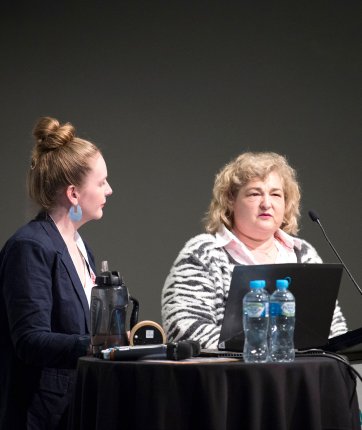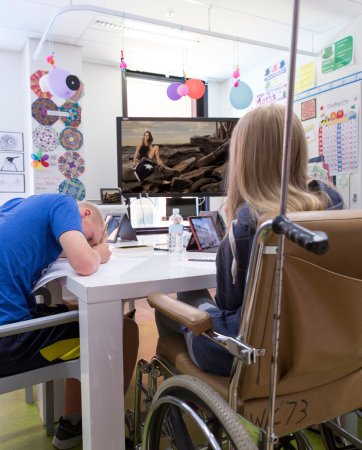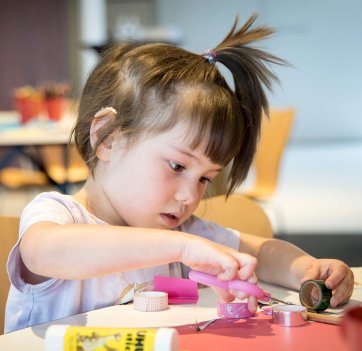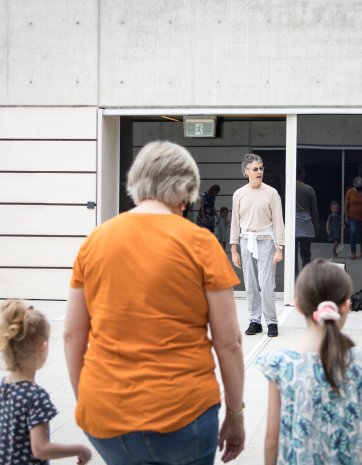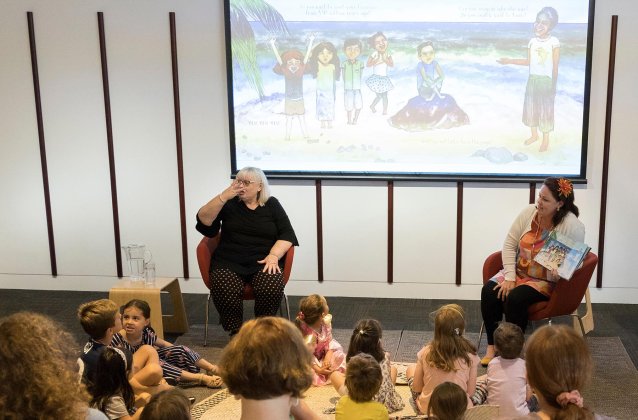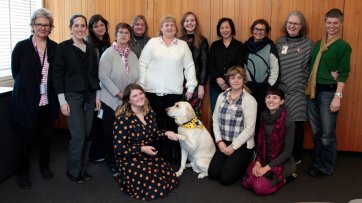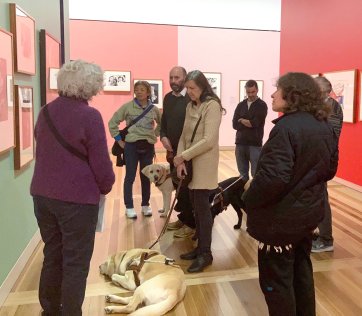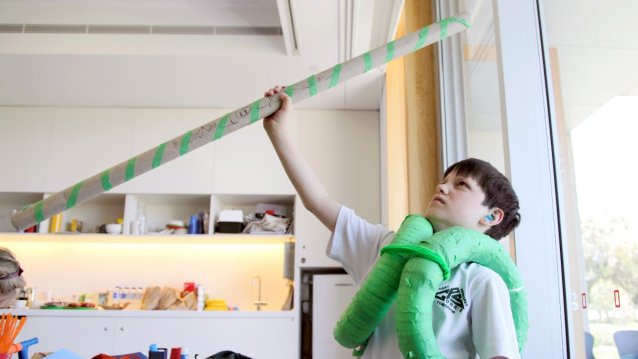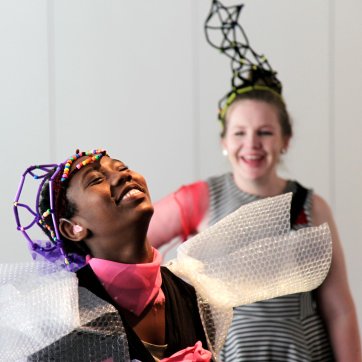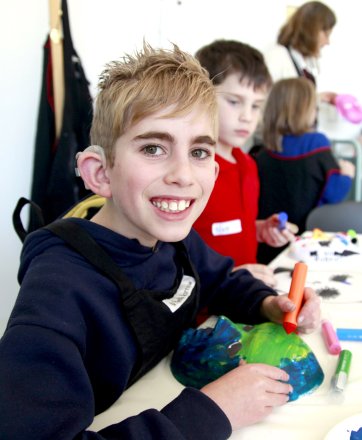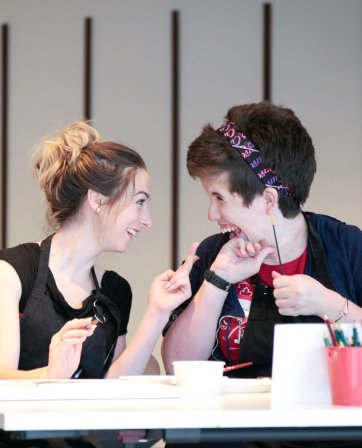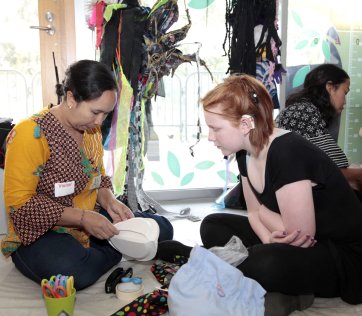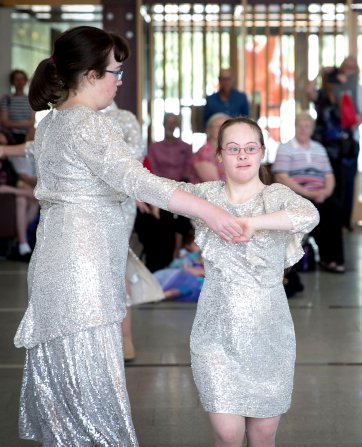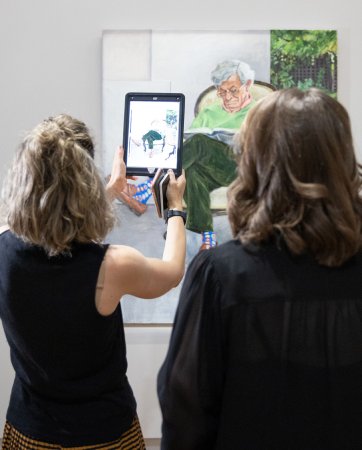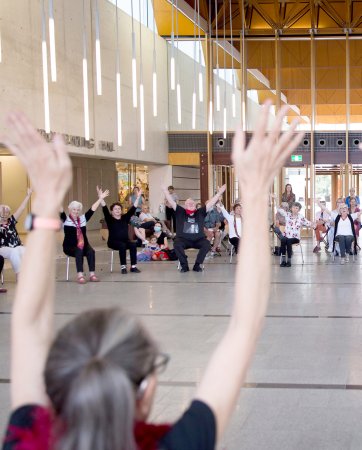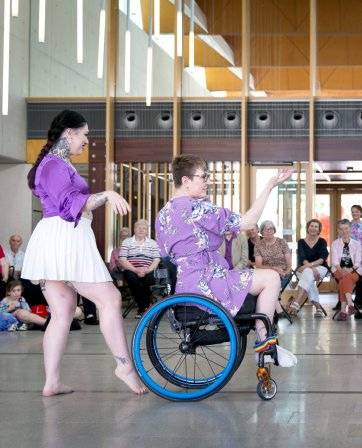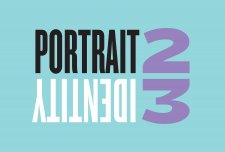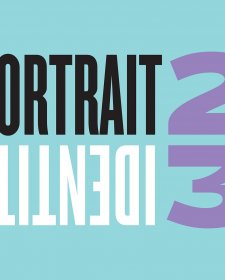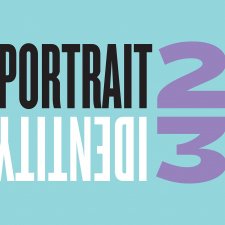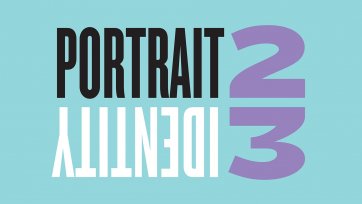The Gallery has partnered with the BOLD festival as a host venue. This annual five-day festival celebrates intercultural, inclusive and intergenerational dance. Dance programs at the Gallery celebrate the work of older and still-practicing artists to explore healthy ageing, the health impacts of creativity and the cross-generational exchange of ideas.
In collaboration with Visual Thinking Strategies (VTS™ New York), the Gallery presents critical thinking and visual literacy programs for students, adults and people living with dementia.
The development of the In their own words audio guide app began in 2018 in collaboration with the National Library of Australia and the Gallery’s Digital Partner Stripy Sock, supported by the Sidney Myer Fund. It is an audio guide with a difference to enrich the experience of visitors, where users can hear subjects’ and artists’ own voices, harnessed from the Hazel de Berg audio archives, and supports visitors with low vision or who are blind to connect with the portraits.
The Gallery delivers workshops and programs for artists working in supported studios and people with acquired brain injury and has featured the work of artists from supported studios in Portrait magazine.
The Gallery’s 2023 major contemporary art exhibition Portrait23: Identity includes the commissioning of artists with disability, and the delivery of online public programs and resources.
The Gallery is continually increasing the capability of our staff, having provided various training opportunities for all staff including Dementia Awareness Training, Disability Awareness and Accessible Exhibition Design training through Accessible Arts, and participation in the SBS Inclusion program, specifically the Disability module.
The Gallery has implemented large print label guides for temporary exhibitions and developed an app, Liberate the labels, to enhance visitors’ experience accessing wall label information in a format best suited to their individual needs.
